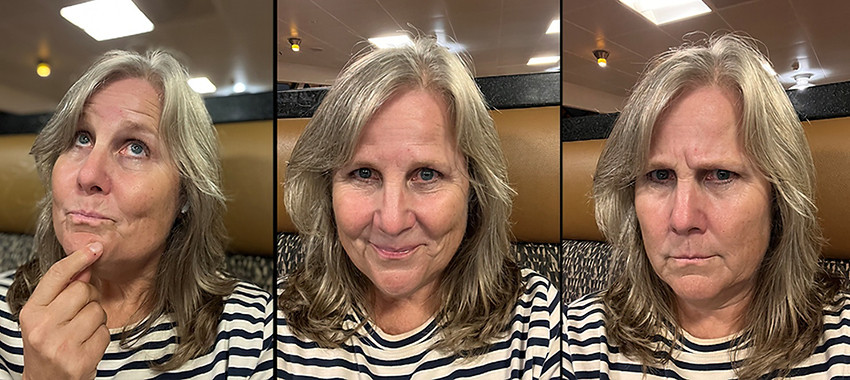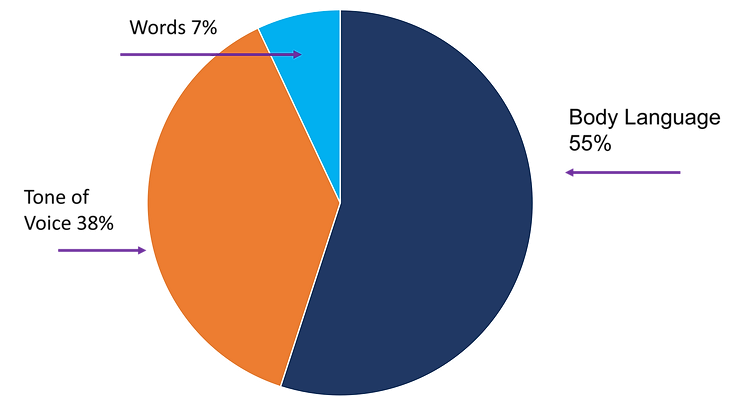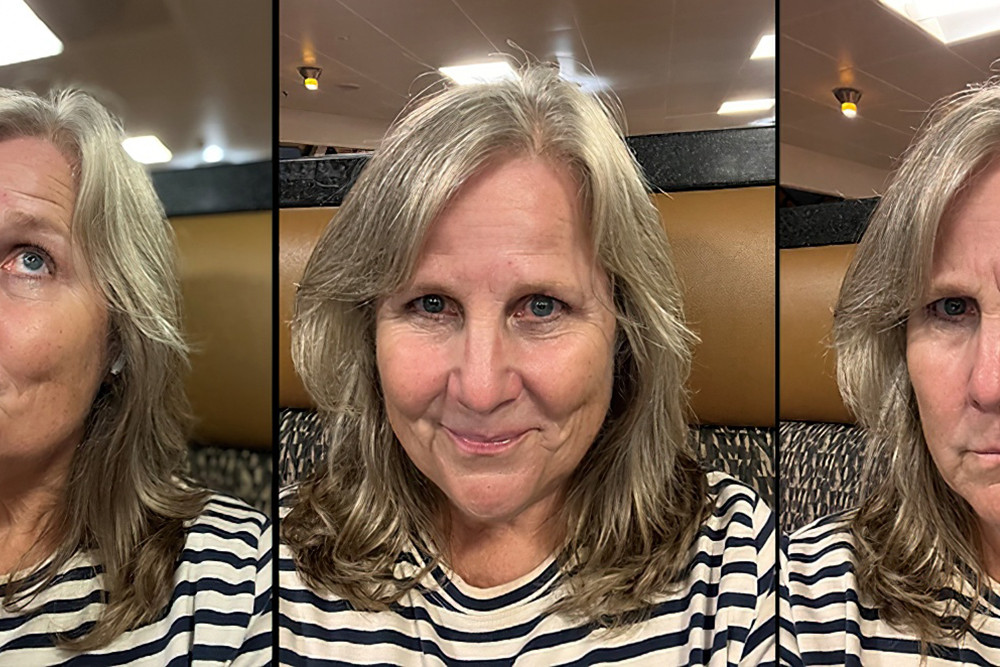
Your expressions can greatly impact communication.
Heard that one before? Probably something your mom said to you, research backs that up. In the 1960s, a famous study was done by Dr. Albert Mehrabian and his team which looked at face to face communication. In this study, they found communication is impacted by other factors than words, i.e. tone of voice and body language.

As you can see, communication is about so much more than the words you say. It’s definitely affected by the body language and tone of voice used when the words are said.
Consider this one, little word—a small word that can convey so many different things:
“Oh”
This little word can be:
- Happy
- Annoyed
- Sad
- Surprised
- Angry
- Skeptical
- Sarcastic, and so on…
If we’re relying solely on the words, we could easily misinterpret what the speaker is trying to convey. Have you ever sent a text that was totally misinterpreted? If so, you know what I’m saying.
Knowing this, how do we decipher what the speaker is trying to communicate? We can get big clues from the body language used. Let’s review our “Oh” list:
- Happy – said with a smile!
- Annoyed – said with a sigh
- Sad – said with a downcast face and maybe a tear or two
- Surprised – said with wide open eyes and, perhaps, a smile
- Angry – said with a frown
- Skeptical – said with a cocked eyebrow
- Sarcastic, said with a smirk, and so on…
The non-verbal aspect of communication is so important, and never more so than on the job. In order to work well with our colleagues, converse with our clients, and just generally communicate with others day-to-day, we have to pay attention to their body language when speaking to us, and our own body language when we’re speaking to them. This seems so obvious, yet we see breakdowns in communication all the time—generally attributed to people making assumptions about what others are saying.
So, it’s time we focused on the non-verbal aspects of communication, both as speakers and as listeners.
When we’re speaking, it’s important we use body language that expresses how we would like our message to be interpreted. Here’s an example—Sometimes my husband and I have moments when we’re not quite… pleased… with each other. He might ask me what’s bothering me, and I’m likely to answer “Nothing. It’s fine.” (Sound familiar?) But if he’s paying attention, he’ll be able to tell from my body language that things are most certainly not fine. And if he does pay attention, we’re going to move to a resolution much more quickly.
What about in the workplace? Let’s say you’re on a service call. The receptionist at the job site greets you pleasantly and you respond with a “hello”, but refuse to make eye contact and have a surly expression on your face, what kind of impression do you think you’ve made? You might be saying the right thing, but they’re going to react to your body language, not your words.
This simple thing is so important to understand. The non-verbal signals you give off will override the words you say. If you want your message to come across as you intend, you have to align all three communication factors—your words, tone of voice, and body language.
Try this!
The next time you’re walking down the street, try making eye contact with a passerby and smile. That non-verbal act of communication will very likely prompt the other person to smile in return. It’s a small experiment that will make two people happy i.e. the passerby and you. That little smile will communicate that you are friendly and wish them well—and you haven’t said a word!
Although humans have naturally communicated with each other for millennia, we still seem to have challenges with how our messages are interpreted. Remember the advice from above—you have to align all three communication factors—your words, tone of voice, and body language.
